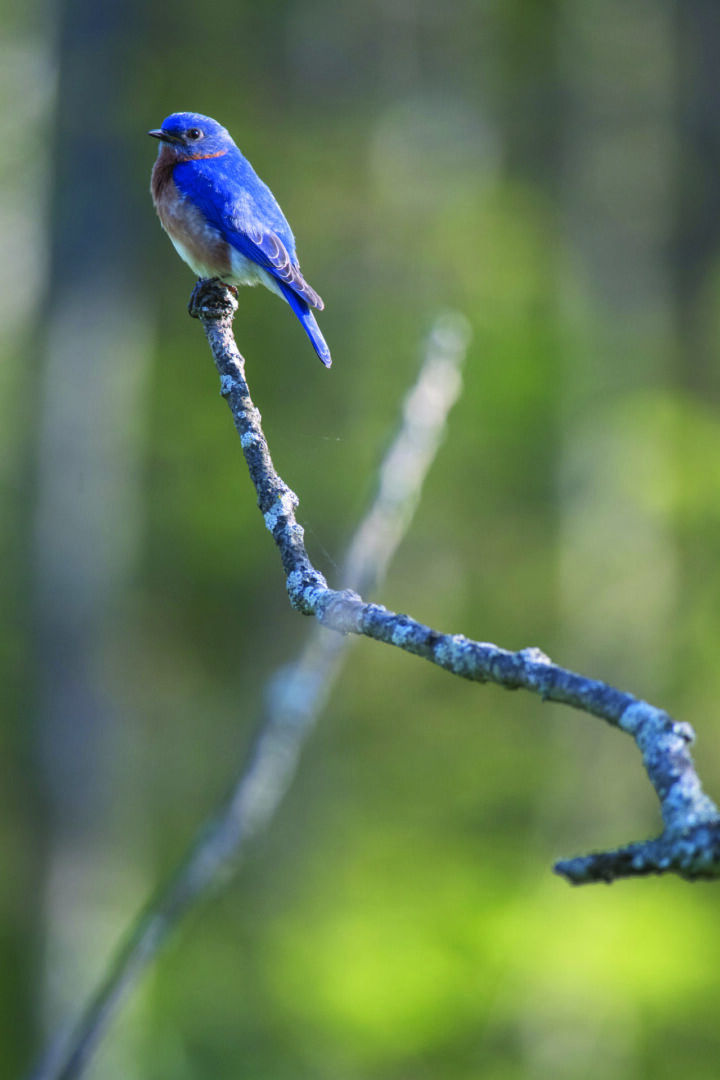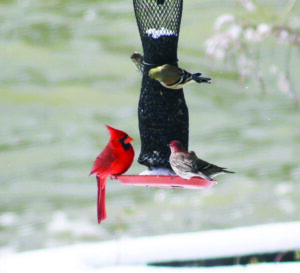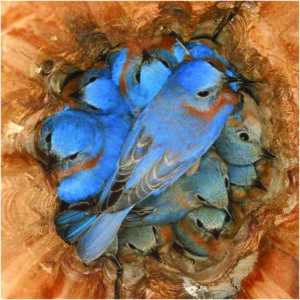Communing with Nature: 12 Myth Busting Winter Bird Facts
We’ve had some true cold snaps in the past few months and while we prepped the pipes, pets, and plants, who or what helped the birds? Well, I believe it is Mother Nature.

Birds have an unerring sense that alerts them to extreme weather, and they take several approaches to protect themselves. Some move a bit south to avoid the weather. Some seek out shelter. Some just fluff up and hunker down. Still, myths hang on about how winter birds handle the cold, and this article takes a swing at debunking 10 of the most persistent myths.
1. Birds migrate to escape the cold: Sure, some birds fully migrate south each year, but when a cold snap hits in the south, as it did in late December, most birds, have their own ways of protecting themselves.
2. Birds can freeze when temps drop below 30 for days: Birds are well equipped to survive even the coldest of temperatures with increased fat stores and their ability to slow their metabolism to conserve energy. They also fluff their feathers to trap heat and look for protected places to roost, like a birdhouse, tree cavity, grass thicket, or evergreen shrub.

3. Birds can hibernate if it gets really cold: Birds are not mammals, and they do not hibernate in the winter. They continue to feed and search for food throughout the winter months, even when it is frigid.
4. Birds need to be fed continuously throughout the winter: While providing bird feeders in the winter can be helpful, birds are capable of finding food sources on their own, and it is not necessary to feed them continuously.

5. Birds only eat seeds: Most birds, even nectar-loving hummingbirds, have a varied diet that often includes small insects. Birds like cardinals, blue jays, wrens, and woodpeckers, mockingbirds and titmice vary their preference between sunflower, safflower, nuts, suet, and fresh berries. Few are interested in yellow milo which makes a mess under feeders.
6. Birds sleep in birdhouses during winter: Birdhouses are for nesting during the breeding season, they are not used for winter naps. However, in extreme weather, bluebirds and some others have been known to pack themselves into a birdhouse or any available tree hollow or empty basket to keep warm.

7. Bird feathers provide enough insulation to keep them warm: While feathers do provide insulation, birds also generate heat by slowing their metabolic processes and seeking out warm roosting spots, such as tree cavities or birdhouses.
8. Winter makes birds more susceptible to disease: Birds are always susceptible to disease. Keeping feeders and water sites fresh and clean year-round is very important.
9. Birds will die if you aren’t filling feeders daily: Scientists have shown that most birds eat less than half their daily winter food from feeders. And with so many feeders in neighborhoods now, birds in your yard will simply fly to a nearby another bird feeder. When you begin feeding again, they return.

10. Birds’ feet will stick to frozen metal bird feeders and suet cages: While most tray feeders and suet cages have a laminated covering, birds have a protective scale-like covering on their feet, and special veins and arteries that keep their feet warm.
11. Birds always migrate in flocks: It’s easy to see a flock migrating geese in formation or large groups of crows, starlings, or cedar waxwings. Other species such as herons, wrens, and woodpeckers migrate alone. Amazingly, a juvenile hummingbird knows when, where, and how far to fly, and when to stop. And they do this all alone.

12. Heated birdbaths can cause birds to freeze: Birds will drink from a heated birdbath, but they will not bathe in it or get their feathers wet. They’ll wait to bathe until the weather warms.
When unusually extreme weather hits anywhere, wildlife is impacted as are people. Birds and animals have lived longer than we have, evolving and adapting to weather cycles and change, and they will continue to survive, with a little extra positive help from us.
Learn more about the birds in East Texas by joining a chapter of the Texas Master Naturalist or Texas Master Gardeners. To find a chapter close to you, or to read about the state programs, visit txmn.org or txmg.org. Volunteer and get involved!















